Can you imagine that a small piece of postage stamp is actually composed of several parts? Philately, the study of stamps, teaches us that postage stamps have different components that are taken as a whole.
Often times, postage stamp issues are printed simultaneously using different printers that are employing different processes. Thus, even if that particular stamp issue has similar designs, the stamp value may not be the same at all because of the slight variations made during the printing process.
Learning the different parts of the postage stamps will help the ardent philatelist uncover the subtle stamp variations that cannot be detected by an untrained eye.
The postage stamp design
The design is perhaps the most interesting part of a stamp. It is one of the main reasons why stamps have been collected through the ages. These are the parts of the postage stamp design:
Stamp vignette – this is the central part of the stamp design. The vignette often depicts the profile of famous people on postage stamps. Sometimes, the vignette also shows animals, places, and other noteworthy objects.
Stamp frame or margin – this are the borders surrounding the stamp’s main design. Older stamp issues usually have narrow borders, whereas newer postal stamps have larger borders. A perfectly centered stamp has equal sizes of margin on all sides. This plays a big role in assessing the stamp’s face value.
Stamp Inscriptions – these marks help in postage stamp identification. A postal stamp is inscribed with texts or information regarding its issuing state, district, or country, its face value, name of the design’s artist, and the title of the design.
Stamp secret marks or microtext – these are hidden letters, numerical series, and other devices that are included in the stamp’s design.
Together with the perforations and tagging features, secret marks are employed to avoid stamp counterfeiting.
The postage stamp paper
Papers commonly used in making postage stamps are rag paper, bond paper, blueprint paper, cardboard, cartridge paper, colored paper, enameled paper, prelure (semi-transparent paper), silk paper, granite paper, manila paper, and ruled paper. Stamps are either printed in sheets or in coils (paper rolls).
The paper used for postage stamps have unique features, too. They are enhanced with certain devices to protect the postal stamps from counterfeit and for the easy usage of the users.
Postal stamp phosphor tagging – this was first used in Britain as a modern stamp printing process to distinguish first and second class mail.
Phosphor, otherwise known as the “invisible ink”, is luminescent when struck with an ultraviolet light.
Postal stamps can either be phosphor-coated in bands, on part of the design, or on its entire surface. The phosphor coating activates an automatic mail-handling equipment for sorting and cancellation.
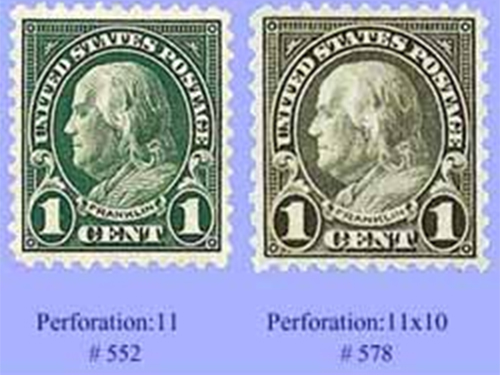
Postage stamp perforations – long before the advent of perforation machines, postmasters cut or tear the stamps from a sheet of paper. In 1850s, stamp sheets were perforated with a series of punched holes to facilitate easy detaching of individual stamps.
Perforations are measured by the number of holes or teeth using a perforation gauge. The size and spacing of the stamp perforation varies.
Security perforations are uneven teeth marks to make stamps difficult to forfeit.
Postal stamp watermarks – this is a translucent lettering or impression on the stamp’s surface. The stamp watermark is barely visible unless the postal stamp is held under a strong light, or dampened with a drop of benzene or watermark fluid. Watermarks are used to avoid stamp counterfeiting.
Postal stamp gum – is the mucilage or sticky substance applied to the back of the postage stamp to make it adhere to the mailed item.
The common kinds of postage stamp adhesives are gum Arabic (glossy), polyvinyl alcohol gum (matte and colorless), and PVA dextrin gum (greenish color).

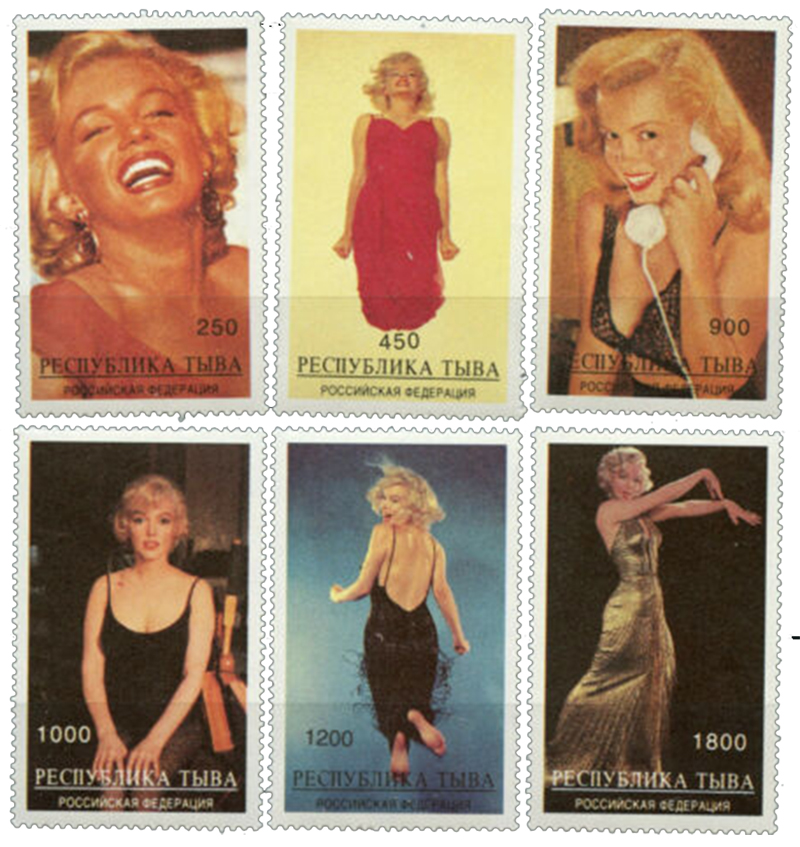
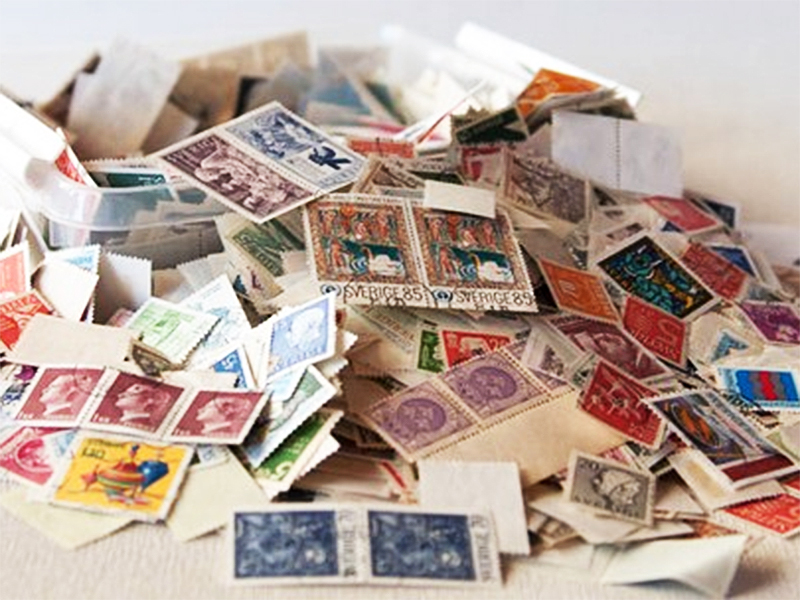
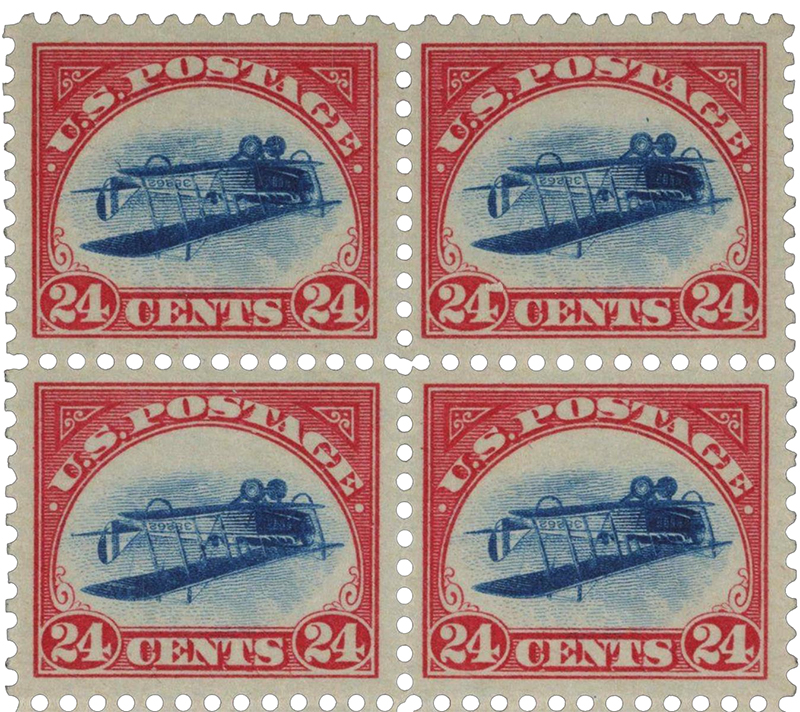
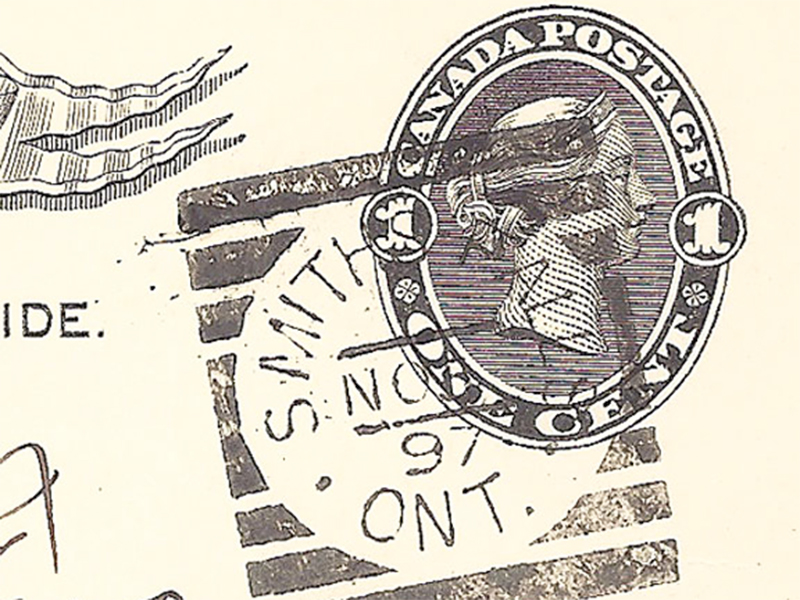
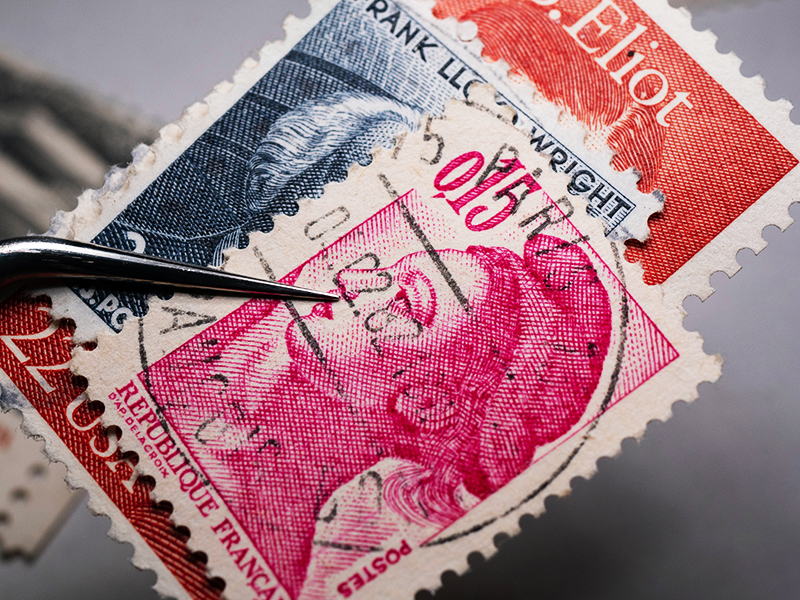

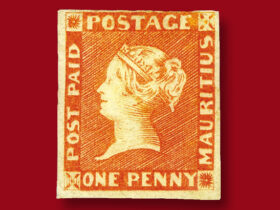


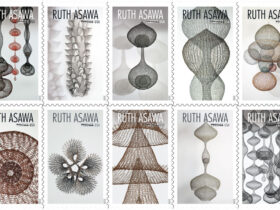
Leave a Reply